-
 Bitcoin
Bitcoin $117,272.7457
1.45% -
 Ethereum
Ethereum $2,938.4907
0.32% -
 XRP
XRP $2.7050
7.14% -
 Tether USDt
Tether USDt $1.0003
0.03% -
 BNB
BNB $688.4019
0.08% -
 Solana
Solana $162.0506
-0.53% -
 USDC
USDC $0.9999
0.01% -
 Dogecoin
Dogecoin $0.1981
2.75% -
 TRON
TRON $0.3014
2.68% -
 Cardano
Cardano $0.7006
4.22% -
 Hyperliquid
Hyperliquid $45.7987
5.26% -
 Sui
Sui $3.3641
-1.74% -
 Stellar
Stellar $0.3530
17.81% -
 Bitcoin Cash
Bitcoin Cash $526.1849
1.91% -
 Chainlink
Chainlink $15.0782
-0.24% -
 Avalanche
Avalanche $20.4108
-1.04% -
 UNUS SED LEO
UNUS SED LEO $9.0974
0.64% -
 Hedera
Hedera $0.1908
0.86% -
 Shiba Inu
Shiba Inu $0.0...01307
-0.71% -
 Toncoin
Toncoin $2.9472
0.65% -
 Litecoin
Litecoin $93.4465
-0.72% -
 Polkadot
Polkadot $3.8633
0.76% -
 Monero
Monero $331.7195
1.21% -
 Uniswap
Uniswap $8.6299
3.44% -
 Dai
Dai $0.9997
-0.01% -
 Ethena USDe
Ethena USDe $1.0005
0.00% -
 Bitget Token
Bitget Token $4.5000
-1.64% -
 Pepe
Pepe $0.0...01213
-0.55% -
 Aave
Aave $293.9403
-3.56% -
 Bittensor
Bittensor $388.7816
4.71%
AVL indicator for low timeframe trading
The AVL indicator helps traders analyze volume and price trends, especially useful in fast-paced cryptocurrency markets for spotting early accumulation or distribution signals.
Jul 12, 2025 at 10:29 am
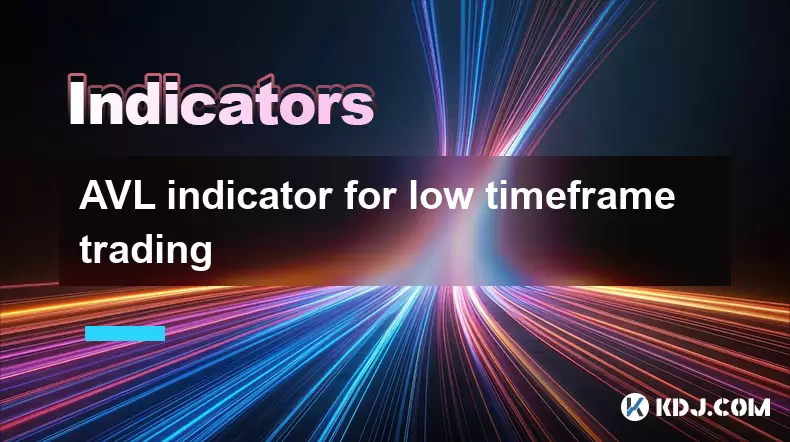
Understanding the AVL Indicator
The AVL indicator, or Accumulation Volume Line, is a technical analysis tool primarily used to gauge buying and selling pressure in financial markets. While it's often associated with stock trading, its application in cryptocurrency has gained traction, especially among traders focusing on low timeframe trading strategies. The AVL works by analyzing volume in relation to price movements, helping traders identify potential reversals or continuations.
In low timeframe trading—such as 1-minute, 5-minute, or 15-minute charts—the AVL indicator becomes particularly useful because it reacts quickly to changes in volume dynamics. This allows traders to spot early signs of accumulation or distribution, which can precede price moves.
How the AVL Indicator Differs from Other Volume-Based Tools
Unlike traditional volume indicators that simply plot volume bars beneath the price chart, the AVL indicator incorporates both price and volume into a single line. It adds volume when the closing price is higher than the previous close and subtracts volume when the closing price is lower. This cumulative approach provides a more nuanced view of market sentiment.
In the context of low timeframe trading, this sensitivity to small price fluctuations helps traders make faster decisions. For example, a sudden divergence between the AVL indicator and price might suggest weakening momentum even before candlestick patterns confirm it.
Setting Up the AVL Indicator on Trading Platforms
To begin using the AVL indicator for low timeframe trading, you'll need to install it on your preferred trading platform. Most platforms like TradingView, MetaTrader 4/5, or Binance’s native tools support custom indicators.
- Open your trading platform
- Navigate to the indicators section
- Search for “AVL” or manually upload the indicator file if needed
- Apply it to your chart
Once applied, ensure the settings match your strategy. Some versions allow customization of parameters such as period length or color schemes. For low timeframe trading, default settings usually suffice due to the high-frequency nature of these charts.
Interpreting AVL Signals on Low Timeframes
On low timeframes, the AVL indicator tends to generate more signals, which can be both an advantage and a challenge. Here are some key interpretations:
- A rising AVL line during a sideways or slightly declining price suggests hidden accumulation
- A falling AVL line while price remains stable or rises indicates distribution
- Divergence between AVL and price is a strong signal; for instance, if price makes new highs but AVL doesn’t, it may signal exhaustion
Because of the noise in low timeframe data, it's crucial to filter signals using other tools like moving averages or RSI to avoid false positives.
Combining AVL with Price Action for Better Entries
For effective low timeframe trading, combining the AVL indicator with price action techniques enhances accuracy. Traders often look for confluence between AVL signals and candlestick patterns such as engulfing candles, pin bars, or inside bars.
- Identify a bullish AVL divergence
- Wait for a bullish candlestick pattern to form
- Confirm with support levels or trendlines
This layered approach reduces the number of losing trades and increases the probability of successful entries. In fast-moving crypto markets, this combination allows traders to act decisively without overcomplicating their strategy.
Risk Management When Using AVL on Low Timeframes
Using the AVL indicator in low timeframe trading requires strict risk control due to the frequency of trades and potential volatility in short intervals. Here are some essential practices:
- Always set stop-loss orders based on recent swing points or volatility readings
- Use fixed position sizing to prevent overexposure
- Limit the number of concurrent trades to maintain clarity
Additionally, since the AVL indicator can sometimes lag or provide conflicting signals, traders should avoid relying solely on it. Combining it with time-tested risk management principles ensures long-term sustainability in trading.
Frequently Asked Questions (FAQ)
Q: Can the AVL indicator be used effectively on higher timeframes?
While the AVL indicator is commonly used on low timeframes, it can also provide valuable insights on higher timeframes like 1-hour or 4-hour charts. However, its responsiveness decreases as the timeframe increases, making it less ideal for scalping or intraday strategies.
Q: Is the AVL indicator available on all cryptocurrency exchanges?
Most major platforms like Binance, Coinbase, and Kraken offer customizable charting tools where users can add the AVL indicator manually. If it's not pre-installed, traders can download the script and upload it directly to the platform.
Q: How does the AVL indicator handle gaps or irregular trading sessions?
Cryptocurrency markets operate 24/7, so gaps are rare. However, in cases of sudden news events or exchange outages, the AVL indicator may temporarily misrepresent volume flows. Traders should be cautious during such periods and consider filtering signals with additional confirmation tools.
Q: Are there alternative indicators similar to AVL for volume-based trading?
Yes, alternatives like the On-Balance Volume (OBV) and Chaikin Money Flow (CMF) serve similar purposes. However, the AVL indicator stands out due to its unique method of incorporating both up and down volume in a cumulative fashion, making it more sensitive to short-term shifts in momentum.
Disclaimer:info@kdj.com
The information provided is not trading advice. kdj.com does not assume any responsibility for any investments made based on the information provided in this article. Cryptocurrencies are highly volatile and it is highly recommended that you invest with caution after thorough research!
If you believe that the content used on this website infringes your copyright, please contact us immediately (info@kdj.com) and we will delete it promptly.
- Bitcoin, BTCFi, and Neutrality: Why It Matters Now More Than Ever
- 2025-07-12 12:30:12
- Polkadot's Cross-Chain Evolution: Technical Upgrades and Market Momentum
- 2025-07-12 12:50:12
- Pi Crypto, Coin Price, and Analysis: Riding the Bitcoin Wave or a Flash in the Pan?
- 2025-07-12 12:50:12
- Bitcoin Blows Past $118K: ETFs Fuel All-Time High!
- 2025-07-12 13:10:12
- Bitcoin Blasts Past All-Time High: Is This Surge Sustainable?
- 2025-07-12 13:10:12
- Hyperlane's Crypto Surge & Exchange Listings: What's the Hype?
- 2025-07-12 12:30:12
Related knowledge

Crypto RSI for day trading
Jul 12,2025 at 11:14am
Understanding RSI in the Context of Cryptocurrency TradingThe Relative Strength Index (RSI) is a momentum oscillator used to measure the speed and cha...
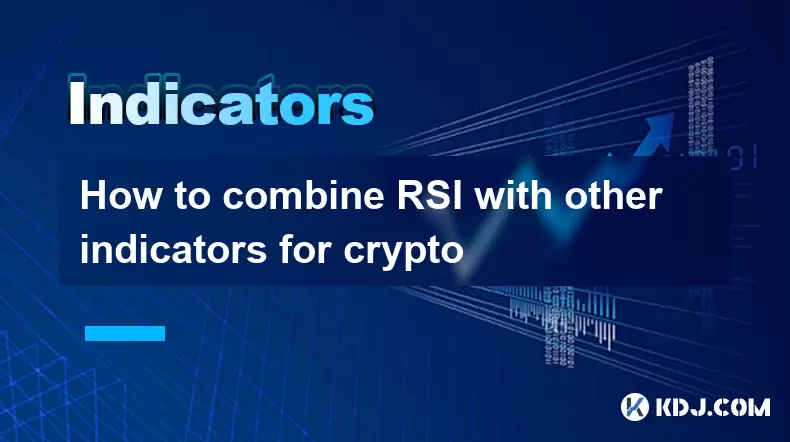
How to combine RSI with other indicators for crypto
Jul 12,2025 at 08:35am
Understanding the Role of RSI in Crypto TradingThe Relative Strength Index (RSI) is a momentum oscillator that measures the speed and change of price ...
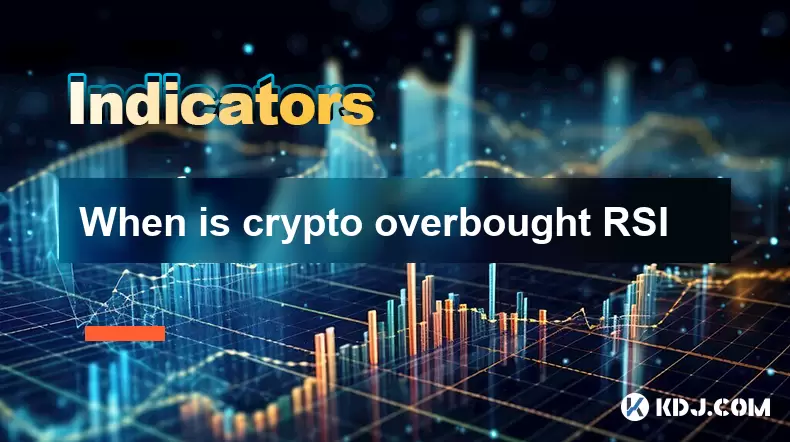
When is crypto overbought RSI
Jul 12,2025 at 11:22am
Understanding RSI in Cryptocurrency TradingThe Relative Strength Index (RSI) is a momentum oscillator used to measure the speed and change of price mo...
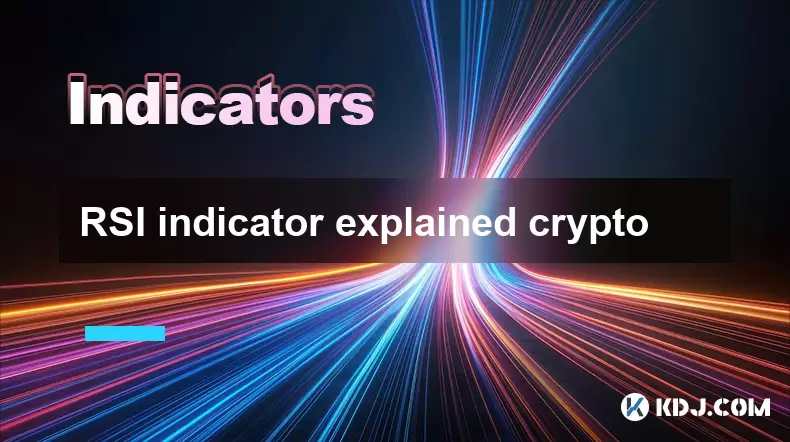
RSI indicator explained crypto
Jul 11,2025 at 03:28pm
Understanding the RSI Indicator in Cryptocurrency TradingThe Relative Strength Index (RSI) is a momentum oscillator commonly used by cryptocurrency tr...
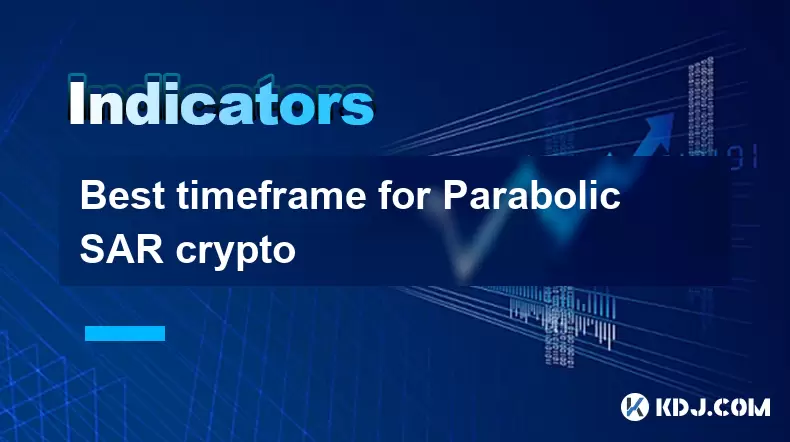
Best timeframe for Parabolic SAR crypto
Jul 12,2025 at 02:57pm
Understanding Parabolic SAR in the Crypto MarketThe Parabolic SAR (Stop and Reverse) is a technical analysis indicator used by traders to determine po...
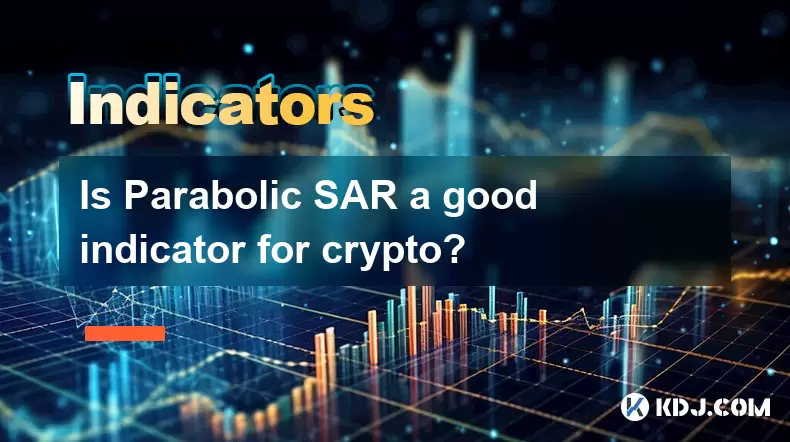
Is Parabolic SAR a good indicator for crypto?
Jul 11,2025 at 02:15pm
Understanding the Parabolic SAR IndicatorThe Parabolic SAR (Stop and Reverse) is a technical analysis tool developed by J. Welles Wilder, primarily us...

Crypto RSI for day trading
Jul 12,2025 at 11:14am
Understanding RSI in the Context of Cryptocurrency TradingThe Relative Strength Index (RSI) is a momentum oscillator used to measure the speed and cha...

How to combine RSI with other indicators for crypto
Jul 12,2025 at 08:35am
Understanding the Role of RSI in Crypto TradingThe Relative Strength Index (RSI) is a momentum oscillator that measures the speed and change of price ...

When is crypto overbought RSI
Jul 12,2025 at 11:22am
Understanding RSI in Cryptocurrency TradingThe Relative Strength Index (RSI) is a momentum oscillator used to measure the speed and change of price mo...

RSI indicator explained crypto
Jul 11,2025 at 03:28pm
Understanding the RSI Indicator in Cryptocurrency TradingThe Relative Strength Index (RSI) is a momentum oscillator commonly used by cryptocurrency tr...

Best timeframe for Parabolic SAR crypto
Jul 12,2025 at 02:57pm
Understanding Parabolic SAR in the Crypto MarketThe Parabolic SAR (Stop and Reverse) is a technical analysis indicator used by traders to determine po...

Is Parabolic SAR a good indicator for crypto?
Jul 11,2025 at 02:15pm
Understanding the Parabolic SAR IndicatorThe Parabolic SAR (Stop and Reverse) is a technical analysis tool developed by J. Welles Wilder, primarily us...
See all articles
























































































